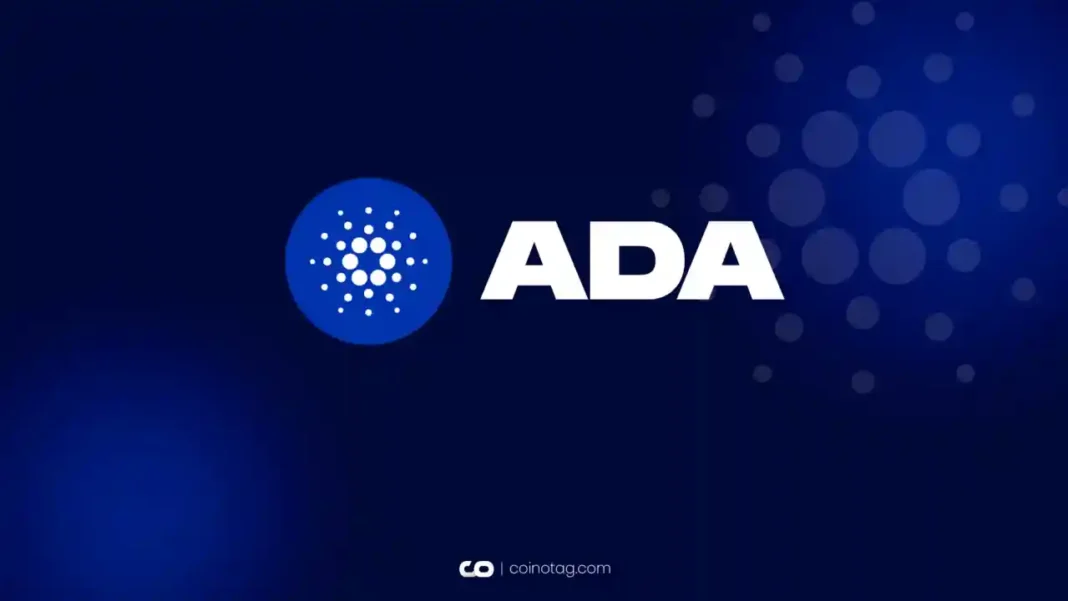- Stablecoins face an 18-month market cap dip, witnessing a 35% reduction.
- Terraform’s collapse and US regulatory pressures major contributors.
- However, the market dynamic shows signs of resilience and potential future growth.
Unraveling the decline of stablecoins: what led to the dip and what the future holds for this cryptocurrency sector.
The Fall of the Stablecoin Empire
For the stablecoin market, the past year and a half haven’t been kind. The dramatic downfall of Terraform and its stablecoin, UST, sent shockwaves throughout the industry. Data from DeFiLlama paints a bleak picture, indicating that the stablecoin market cap plummeted from its zenith of $189 billion in May the previous year to a concerning $124 billion 18 months later.
The Underlying Factors: A Deeper Dive
Vaidya Pallasena of Bluechip points towards several causes for this downturn. Retail participation, once flourishing in mid-2021, has dwindled, with trading volumes dropping from the highs of $150-300 billion to a meager $50 billion. The surge in US treasury yields combined with low crypto volatility makes holding stablecoins less lucrative, leading to the market’s “bleed.”
Traditional Finance vs. Crypto-native Yields
Nic Carter from Castle Island Ventures identifies a pivotal moment in the decline: the point when traditional finance rates surpassed crypto-native yields. This shift led many to exchange their stablecoins for fiat. Carter believes the reversal might only happen with changes in traditional finance rates or an uptick in crypto yields via DeFi or Ethereum staking.
The Dominance of a Few: Stablecoin Concentration
The majority of the stablecoin market is occupied by a select few: USDT, USDC, DAI, TUSD, and BUSD, holding over 95% of the market cap. Interestingly, amidst the turmoil, USDT emerges as the stalwart, holding a dominant 67% of the volume, despite initial hiccups post UST’s implosion. In stark contrast, USDC has hit rock bottom, despite Circle’s expansion efforts.
US Regulators and The Shift in Market Share
Carter’s insights at Token2049 in Singapore shed light on the US regulators’ stance towards stablecoins, pushing US-native ones like USDC to the shadows. However, non-US stablecoins, with USDT at the forefront, are reaping the benefits. Though stablecoins represent just 10% of the crypto industry’s market share, they account for a whopping 70-80% of all public blockchain settlement activity.
The Silver Lining: What Lies Ahead?
The current scenario paints a contradictory picture. Pallasena is optimistic, believing that a reversal is on the horizon. Factors such as renewed interest in crypto investments and consistent interest rate cuts could act as catalysts. Furthermore, a pro-crypto regulatory approach could provide the much-needed impetus to the stablecoin market.
Conclusion
While the stablecoin market has undeniably faced tumultuous times, it remains an integral component of the crypto world. The dynamics, influenced by both internal and external factors, are complex and ever-changing. Yet, as history has often shown, resilience and adaptability could pave the way for a brighter future for stablecoins.






